




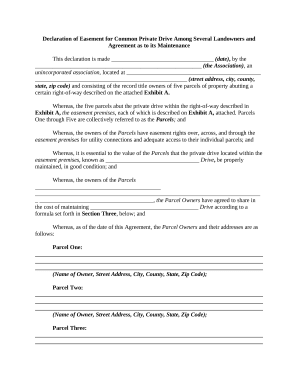
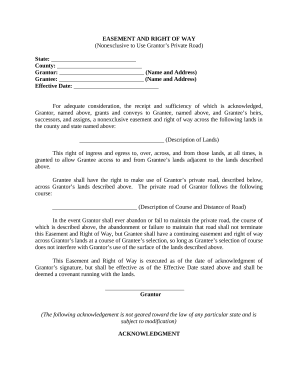

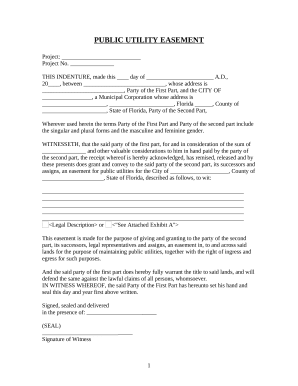
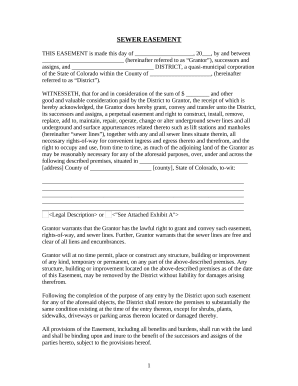
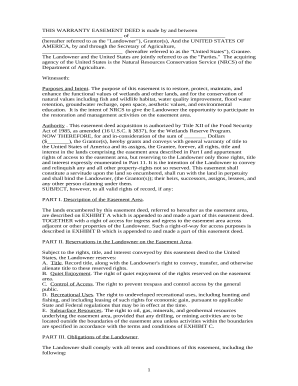

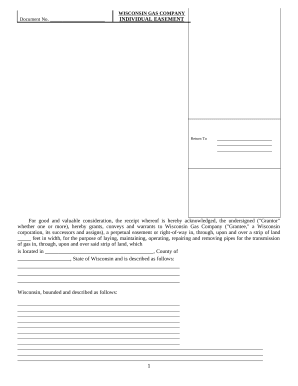




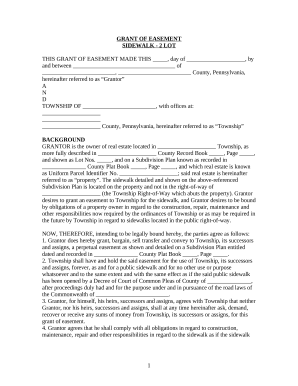
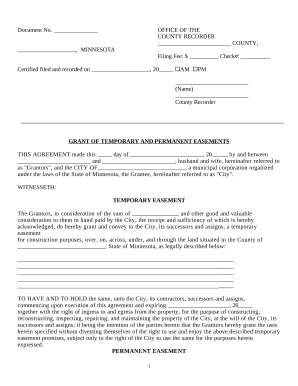
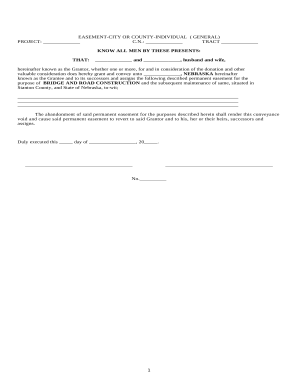
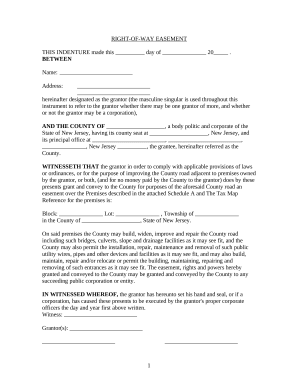

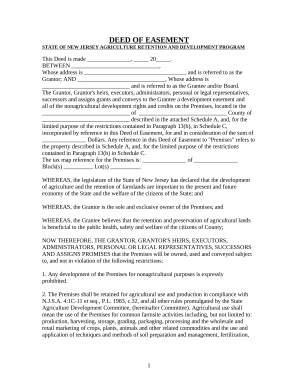
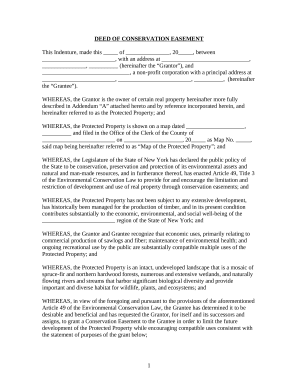
Accelerate your document managing with the Real Estate Easement Documents online library with ready-made templates that suit your needs. Access the document template, edit it, fill it, and share it with your contributors without breaking a sweat. Start working more efficiently together with your forms.
How to use our Real Estate Easement Documents:
Examine all of the possibilities for your online document administration using our Real Estate Easement Documents. Get your totally free DocHub profile right now!